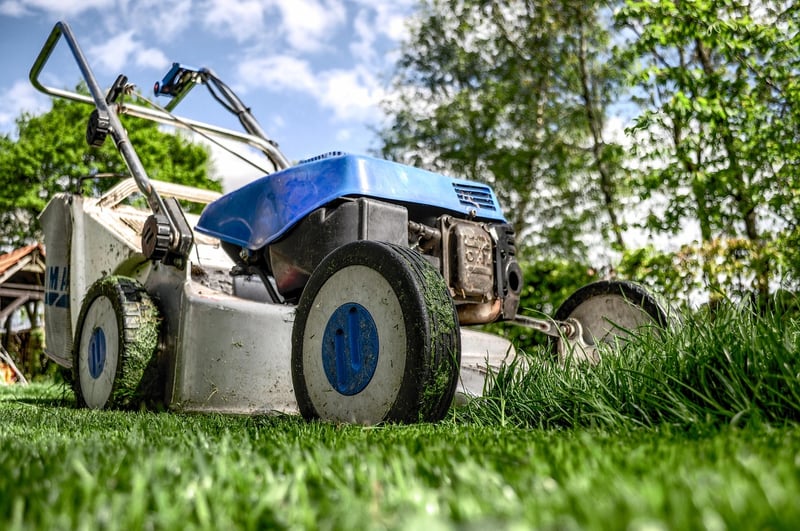Pruning Guidance
Keeping Your Garden Healthy: Pruning Guidance
Having a healthy garden not only enhances the beauty of your outdoor space but also promotes the well-being of your plants. One essential practice to maintain a thriving garden is proper pruning. Pruning helps to shape plants, stimulate growth, and remove dead or diseased branches. Here are some tips to guide you in effectively pruning your garden:
1. Use the Right Tools
Invest in high-quality pruning tools such as pruning shears, loppers, and pruning saws. Keeping your tools sharp and clean will ensure clean cuts that promote plant health.
2. Know When to Prune
Understand the specific pruning requirements of each plant species in your garden. Most flowering shrubs are best pruned after they bloom, while fruit trees are often pruned during the dormant season.
3. Proper Technique
When pruning, make cuts at a 45-degree angle just above a bud or lateral branch. Avoid leaving stubs, as they can invite disease. Remove dead or diseased branches first, followed by shaping cuts to maintain the plant's form.
4. Regular Inspections
Regularly inspect your plants for any signs of disease, pests, or overgrowth. Prompt pruning of affected areas can prevent the spread of problems and promote overall plant health.
5. Consider Plant Growth Habits
Understand how different plants grow to prune them effectively. Some plants require minimal pruning, while others benefit from more aggressive pruning to encourage new growth.
6. Seek Professional Help
If you are unsure about the pruning needs of specific plants or if you have large trees that require pruning at heights, consider consulting a professional arborist to ensure the job is done correctly.
By following these pruning guidance tips, you can help keep your garden healthy, vibrant, and flourishing throughout the seasons.

